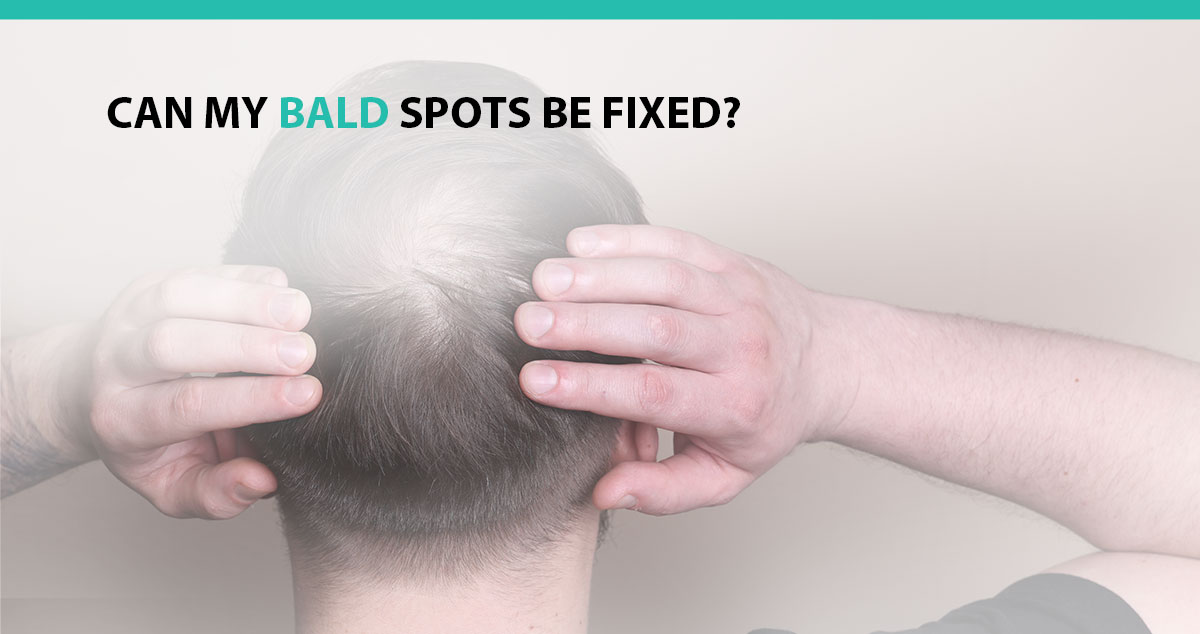
Planting the Flag
The initial discovery of a bald spot can be a deeply emotional and unsettling experience, depending on how you process news and information. Hair is often closely tied to one’s identity and self-image, so noticing thinning hair or bald patches can possibly trigger a range of feelings:
- Shock and Denial:
- For many, the first reaction is shock. Hair loss can feel sudden, even if it has been progressing gradually. Some may find it hard to believe and might ignore or deny the bald spots, hoping they will go away on their own. Early intervention gives you the best chance of regrowing and fortifying your hair. Most patients remain in denial for a long time, which exacerbates hair loss.
- Anxiety and Worry:
- The sight of thinning hair can lead to anxiety about one’s appearance and fear of further hair loss. Questions about the future and concerns about attractiveness or social acceptance often arise. Anxiety also has physical manifestations. Examples are headaches, sweating, dizziness, heart palpitations, stomach upsets, muscle tension, and insomnia. Without a proper diagnosis, you might mistake them for symptoms of another physical illness. So while you may be nervous about the prospect of losing your hair, try to remain calm and seek out ways to cope or action steps to take.
- Self-Consciousness and Insecurity:
- Bald spots can make individuals feel self-conscious, leading to a loss of confidence. This can affect social interactions, professional life, and overall mental well-being. It may create baseless fears, like “Is everyone staring at me?” and “I can’t date looking like this.” We know those insecurities creep up on us even if they’re not factual.
- Grief and Sadness:
- Hair loss can be experienced as a form of loss, similar to grieving. People may feel sadness over the change in their appearance and the perceived loss of youth or vitality. This condition may cause overwhelming sadness and a lack of interest in personal and professional activities you once enjoyed. It can be the cause of sleep deprivation and a reason for loss of energy. It becomes hard to get out of bed, shower, prepare meals, and perform other simple tasks. If it worsens, it can turn into downright depression, which is a difficult place to climb out of.
- Motivation to Seek Solutions:
- Despite the negative emotions, discovering bald spots can also motivate individuals to seek solutions. This can lead to exploring treatments, lifestyle changes, and professional consultations. Solutions are available. It’s up to you to take action steps to research and implement them though.
Understanding It All
A hair transplant is a surgical procedure where hair follicles are moved from one part of the body (usually the back or sides of the scalp, where hair is more resistant to balding) to bald or thinning areas. The two primary methods of hair transplantation are Follicular Unit Transplantation (FUT) and Follicular Unit Extraction (FUE).
- Follicular Unit Transplantation (FUT):
- Also known as strip harvesting, this method involves removing a strip of scalp from the donor area. The strip is then divided into small grafts containing one or several hair follicles, which are implanted into the bald spots. This is the preferred method of those wishing for the fastest recovery and the best results. It does require a doctor who is also extremely detail-oriented because the process involves a good deal of artistry.
- FUT is typically preferred for covering larger bald areas as it allows for the transplantation of a higher number of follicles in a single session.
- Follicular Unit Extraction (FUE):
- In FUE, individual hair follicles are extracted directly from the donor area using a tiny punch tool. These follicles are then implanted into the recipient area. It is not the preferred method, but has been falsely marketed recently as the best procedure.
- FUE may be recommended during a consultation for smaller areas of hair loss or for patients who prefer to keep their hair short.
Effectiveness of Hair Transplants for Bald Spots
Hair transplants can effectively address bald spots, but several factors influence the success and overall satisfaction with the results:
- Extent of Hair Loss:
- The success of a hair transplant largely depends on the extent and pattern of hair loss. Individuals with significant balding may require multiple sessions to achieve the desired coverage. Dr. Williams harvests thousands of follicles in the one-day session which allows for better coverage and faster healing.
- Donor Hair Quality:
- The quality and quantity of hair in the donor area are crucial. The transplanted hair retains the characteristics of the donor site, so healthy, dense hair in the donor area leads to better results.
- Surgeon’s Expertise:
- The surgeon’s skill and experience play a significant role in the outcome. An experienced surgeon can ensure natural-looking results by carefully planning the hairline and ensuring proper follicle harvesting and placement.
- Patient’s Health and Expectations:
- The overall health of the patient and realistic expectations are important. Hair transplants do not provide instant results; it takes several months for the transplanted hair to grow and blend with the existing hair.
Please contact us at Advanced Medical Hair Institute for more information, where you will be able to discuss expectations, limitations, and have any questions answered. We’ll talk to you soon.










